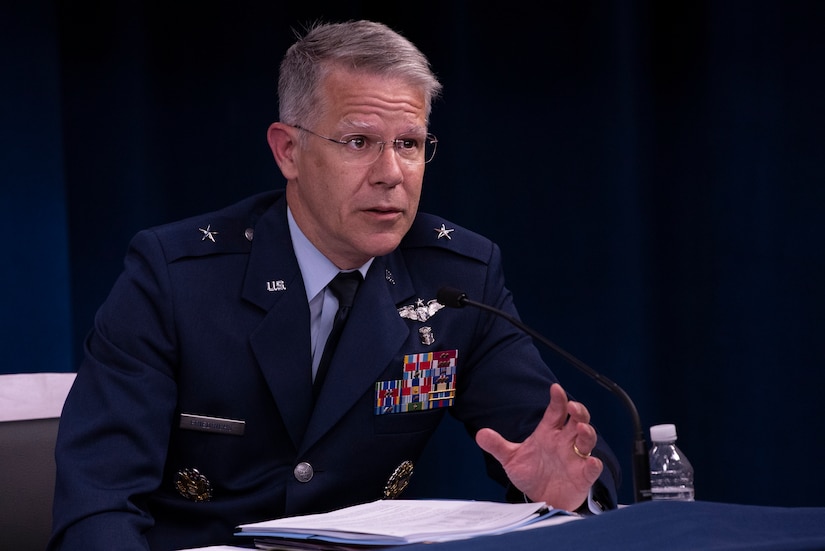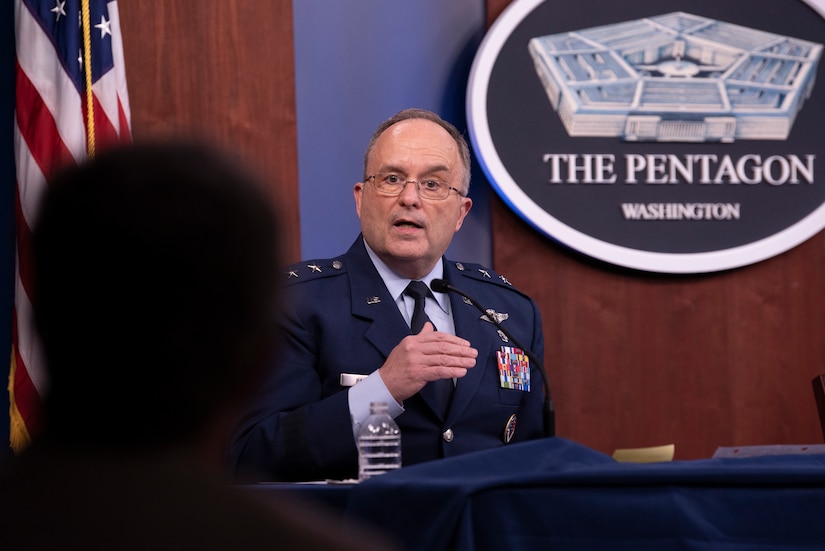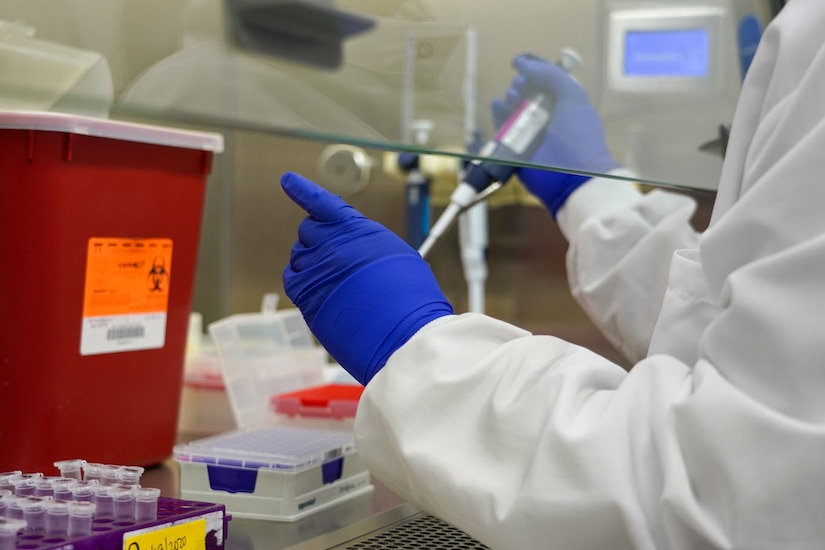Though the rate of confirmed positive COVID-19 tests among those in uniform is lower than that of the nation's civilian population, the most junior service members have a slightly higher rate than that of their civilian counterparts, the medical advisor to the Defense Department's coronavirus task force said.
"From a data standpoint, after adjusting for the age of our force, the confirmed case rate in our active duty service members remain slightly lower than the U.S. average in all age groups except those aged 18 to 24 years old," Air Force Brig. Gen. (Dr.) Paul Friedrichs, who also serves as the Joint Staff surgeon, said at a Pentagon news conference today.

Department leaders, Friedrichs said, believe the slightly higher rate among the youngest service members is due in large part to more testing done within the military — for example, the services test service members at the entry to basic training and at the end of basic training.
"We think that this is a reflection of our commitment to the [Defense Secretary Dr. Mark T. Esper's] first priority of reducing risk to the force and protecting them as they go through performing their duties to protect and defend our nation," Friedrichs said.
Air Force Maj. Gen. (Dr.) Lee E. Payne, assistant director for combat support at the Defense Health Agency and the DOD lead for COVID-19 testing, said the department has increased the amount of COVID-19 testing it does fivefold over the past three months.

"To date, we've conducted over 540,000 tests since January," Payne said. "And DOD testing capacity has expanded greatly since March." Now, he said, the department has 125 labs certified to test for COVID-19 — up from 15. That greatly expanded testing capacity can do more than 200,000 tests per week if needed, he added. However, the department instead works to meet a goal it set for itself in May to conduct 56,000 tests a week, Payne said.
"Thanks to the tireless work of thousands in the Military Health System, we have met that goal, administering nearly 60,000 tests per week over the last several weeks," he added.
Payne said the active duty positive rate is holding at about 5.3% over the last several weeks. That, he said, is lower than in the civilian population.


While increased testing and technology efforts such as the "Negative Pressure CONEX" for transporting infected patients on military aircraft while at the same time keeping the crew safe are all important parts of the department's response to COVID-19, and individual efforts are just as important, Friedrichs said.
"The foundation of our response has been and remains both the individual and the collective commitment to those basic public health measures that we've talked about over and over again — things like social distancing, washing hands, [and] wearing a mask," he said. "While not necessarily high-tech, they are incredibly effective, and we're grateful for the support from everyone who's embraced those in order to reduce the risk to the force into the mission."







No comments:
Post a Comment